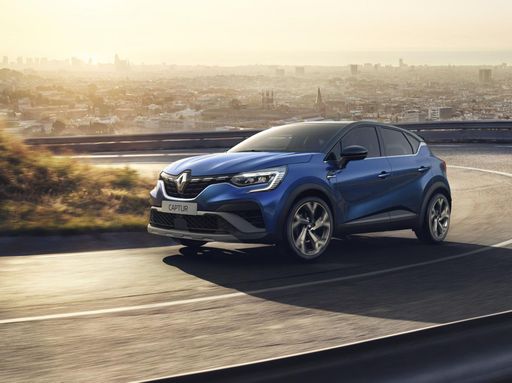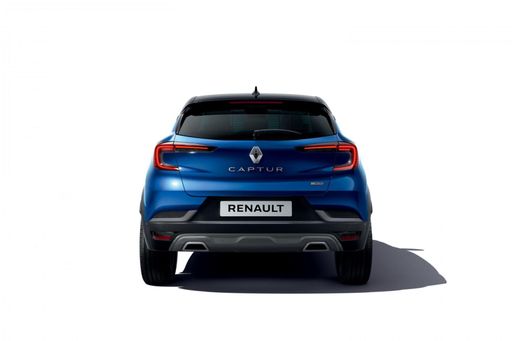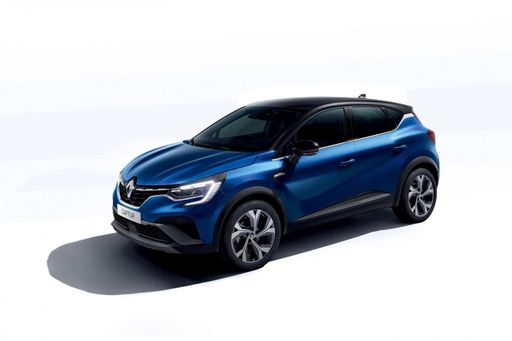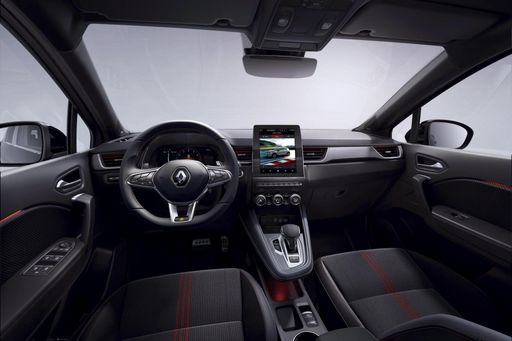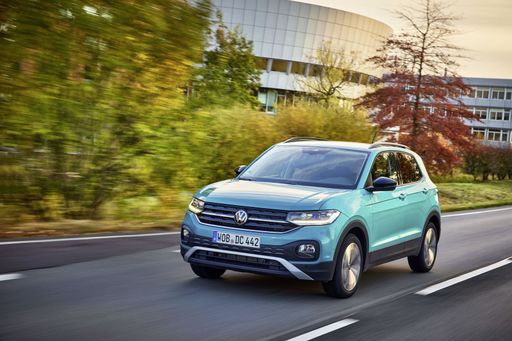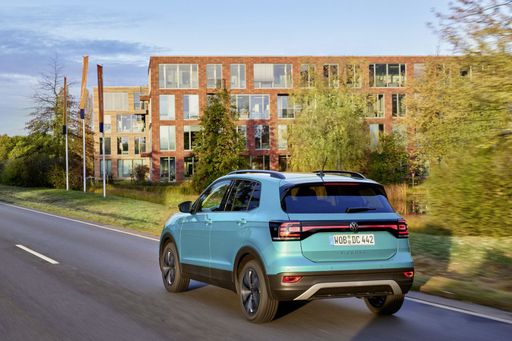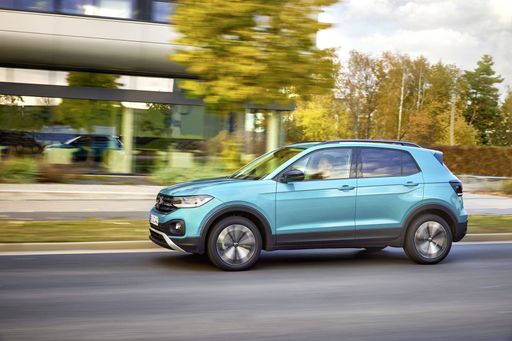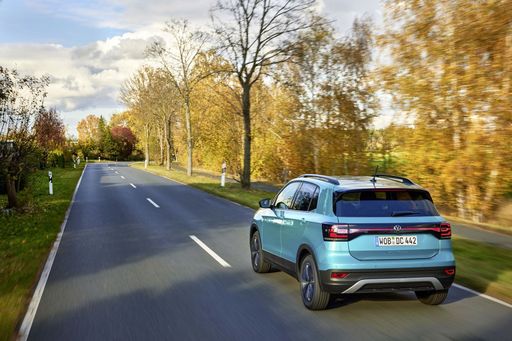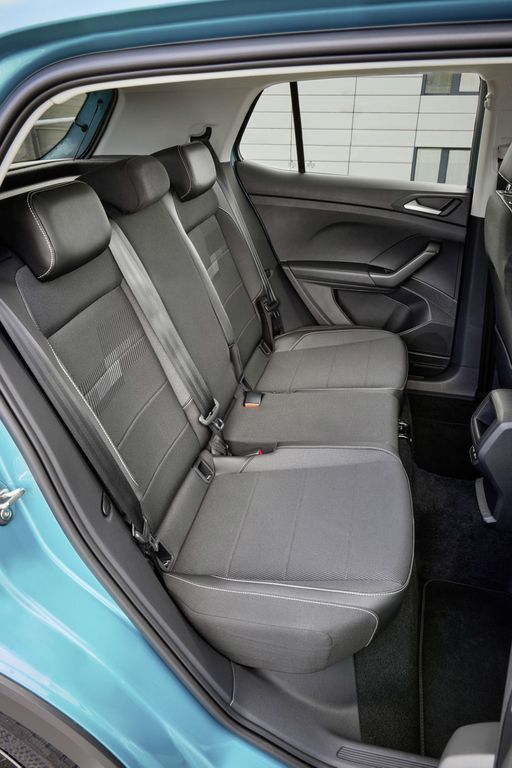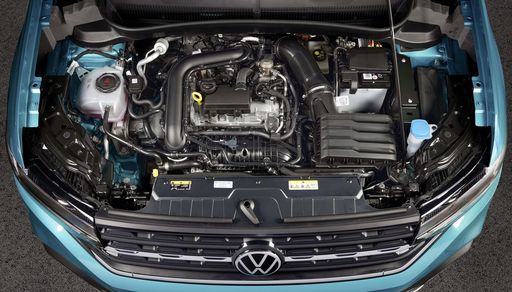The Battle of the Compact SUVs: Renault Captur vs. VW T-Cross
The compact SUV segment is fiercely competitive, with numerous options vying for consumer attention. Among these, the Renault Captur and the VW T-Cross stand out as popular choices. As we dive into the 2024 models, let's compare these two vehicles in terms of technical specifications, innovations, and overall appeal.

